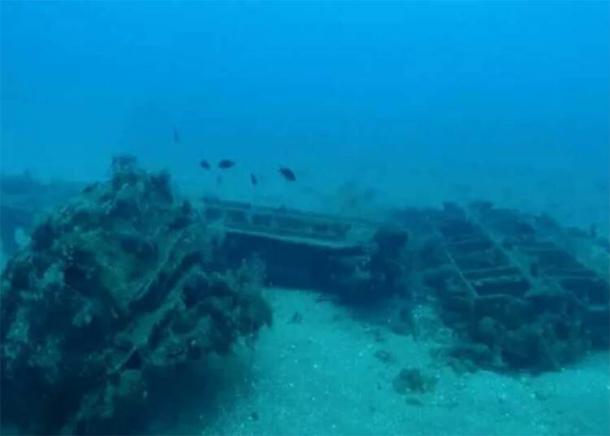Russian Divers Discover Ancient Roman Sea Fortress at Tartus
According to an announcement by Dmitry Tatarkov, director of the Centre for Maritime Science and Technology at Russia’s Sevastopol State University, an ancient port claimed to date back to the Roman period has been discovered off the Syrian coast of Tartus (SSU).
“It may not have even been a port, but it is a sea fortress from the 1st century AD. Remains of hydraulic structures, a lighthouse, and four marble columns have been found.
Accompanying ceramic materials will allow for a more detailed dating of the piece. This is a major finding,” said Tatarkov.



“These are the remains of ancient Greek amphorae, Phoenician pots, Egyptian vases, and household items made of Roman stone.
These materials will allow us to rebuild the maritime trade routes linking this region with the major Mediterranean regions. We will be able to determine the life cycle of the ports that existed at the time,” he explained.
The ruins are thought to belong to the ancient Arvad Island which was originally settled by the Phoenicians in the early 2nd millennium BC.
They were found during the second field season by a Russian-Syrian archaeological mission launched in 2019 by SSU with the support of Russia’s Ministry of Defence and the Institute of Oriental Studies of the Russian Academy Sciences.
The expedition was carried out as part of an agreement between the university and Syria’s Ministry of Culture and includes both Russian and Syrian specialists.
According to the Russian university’s website, one of the objectives of the expedition will be the advanced training of Syrian specialists and students from Damascus University and the University of Latakia.





